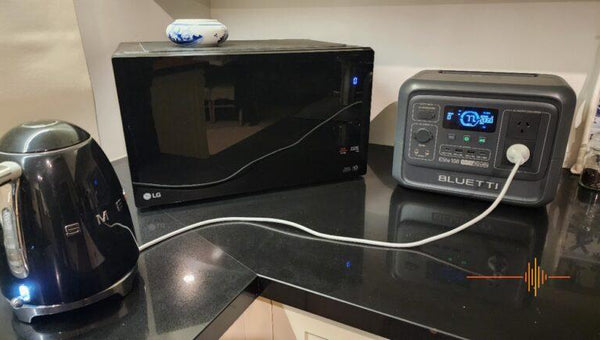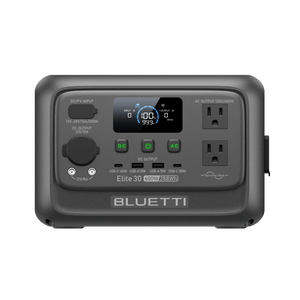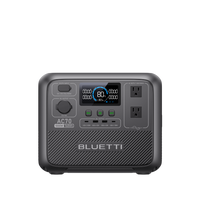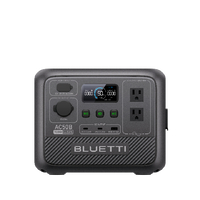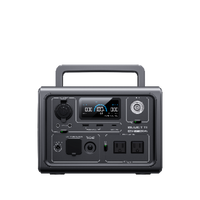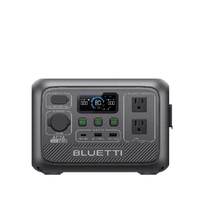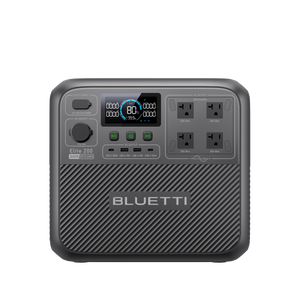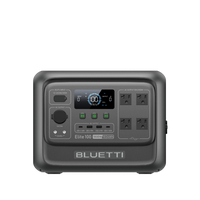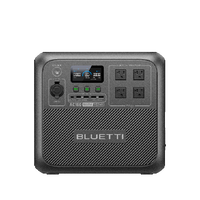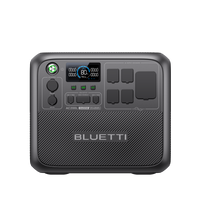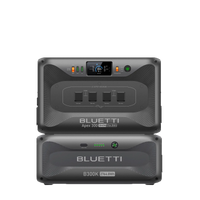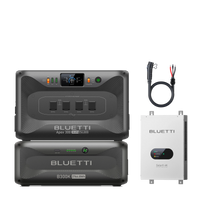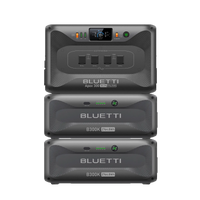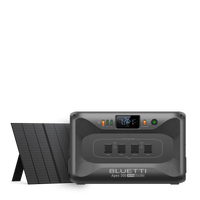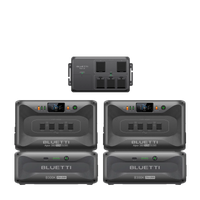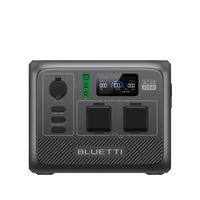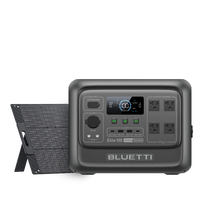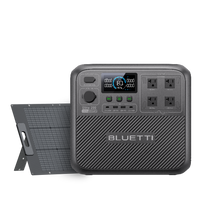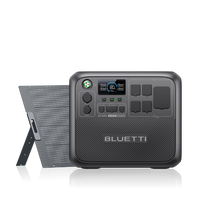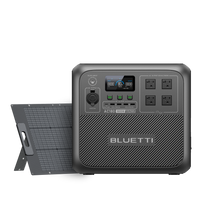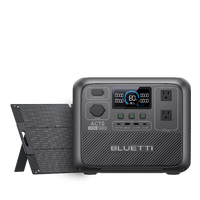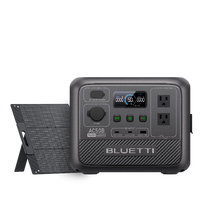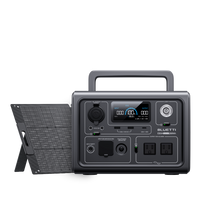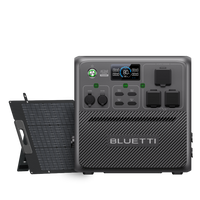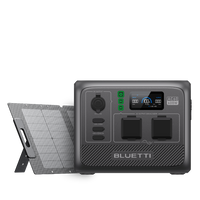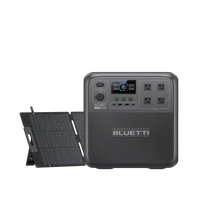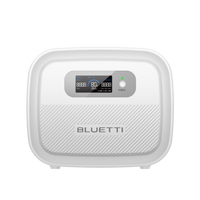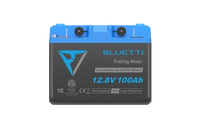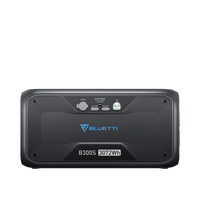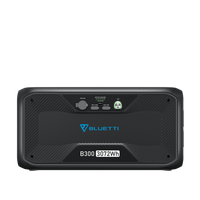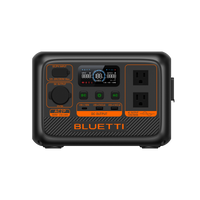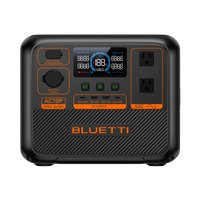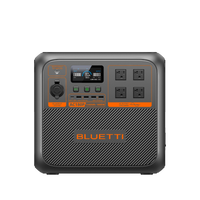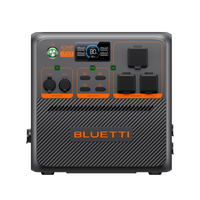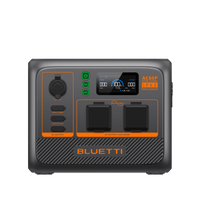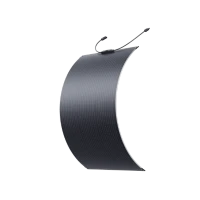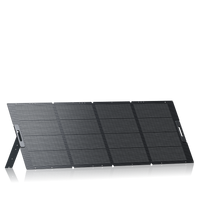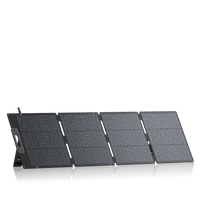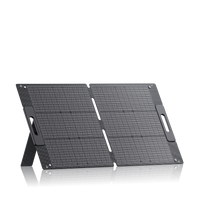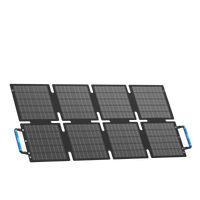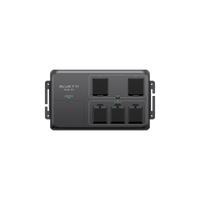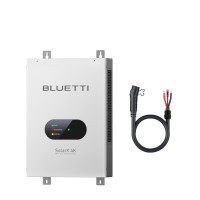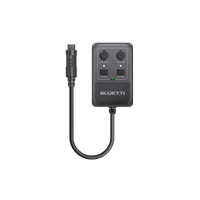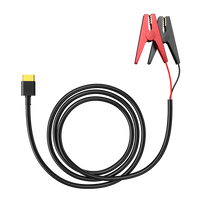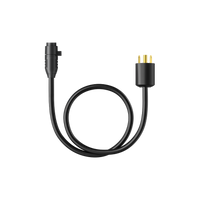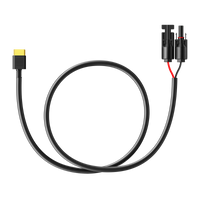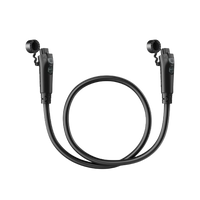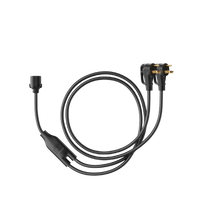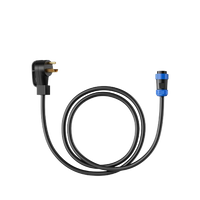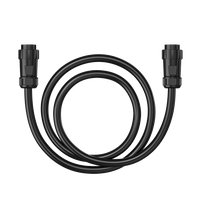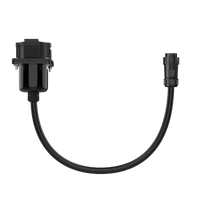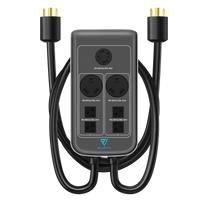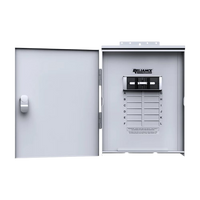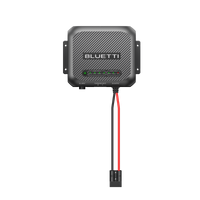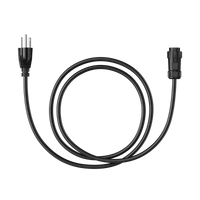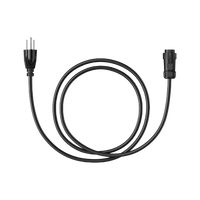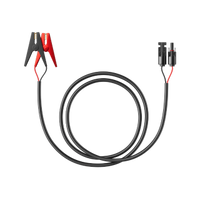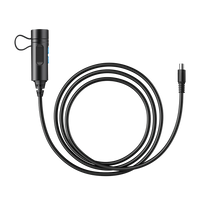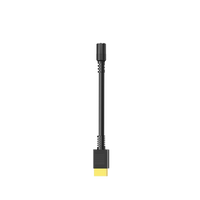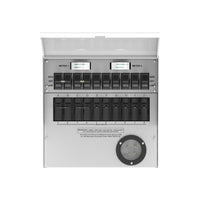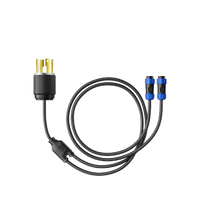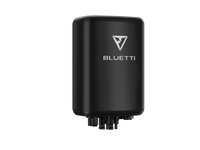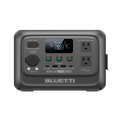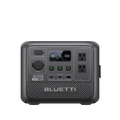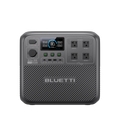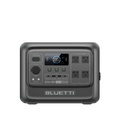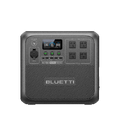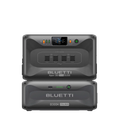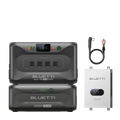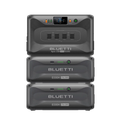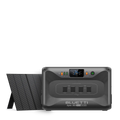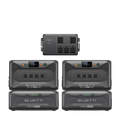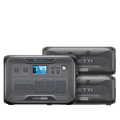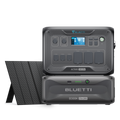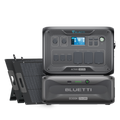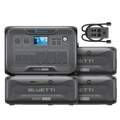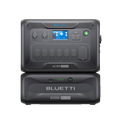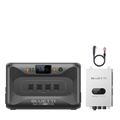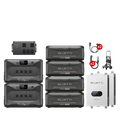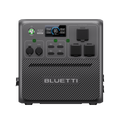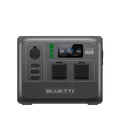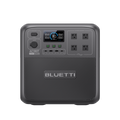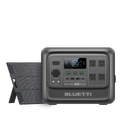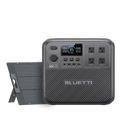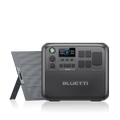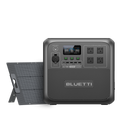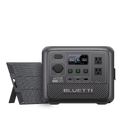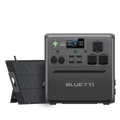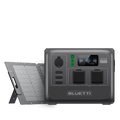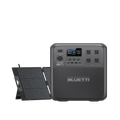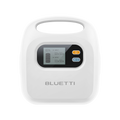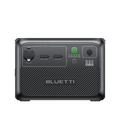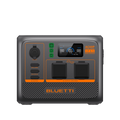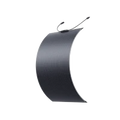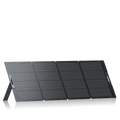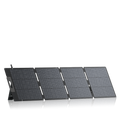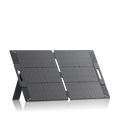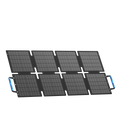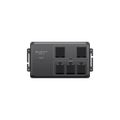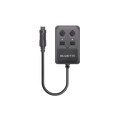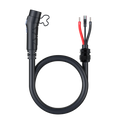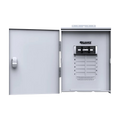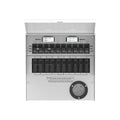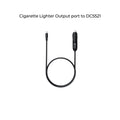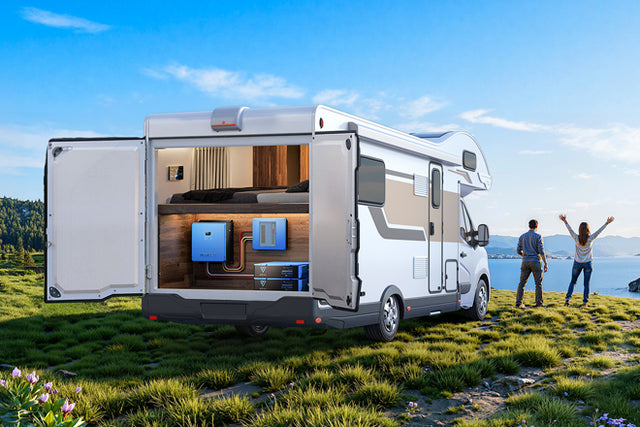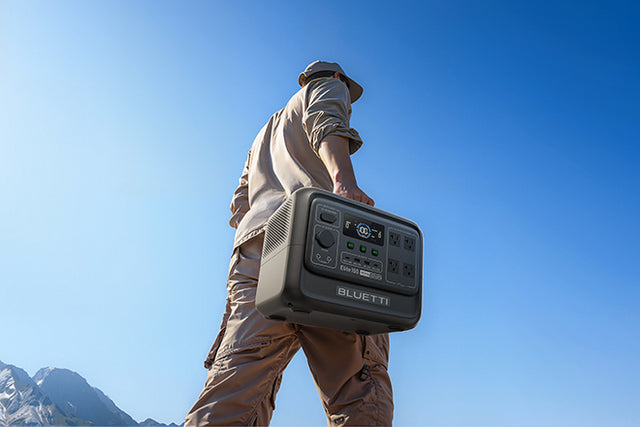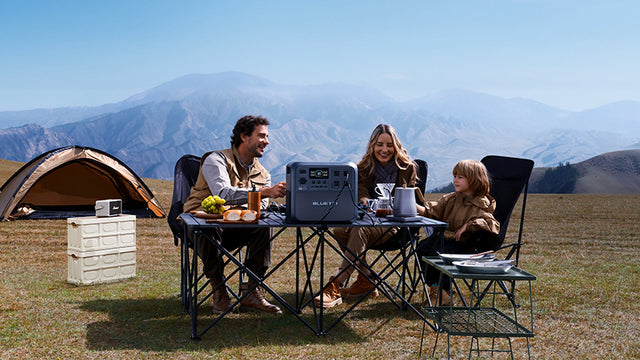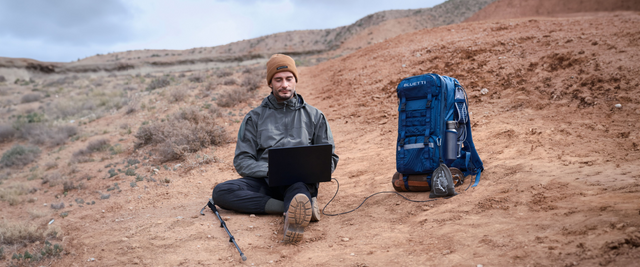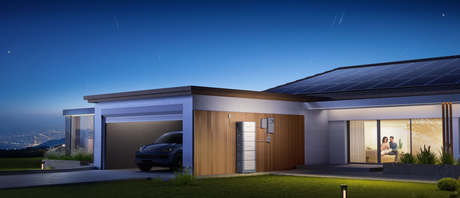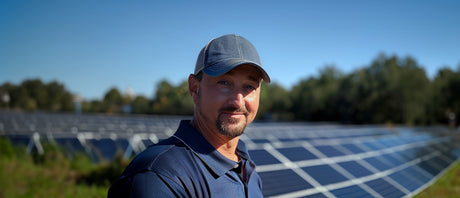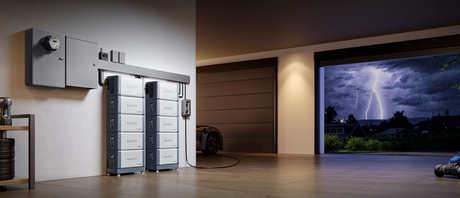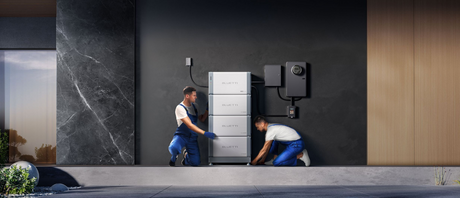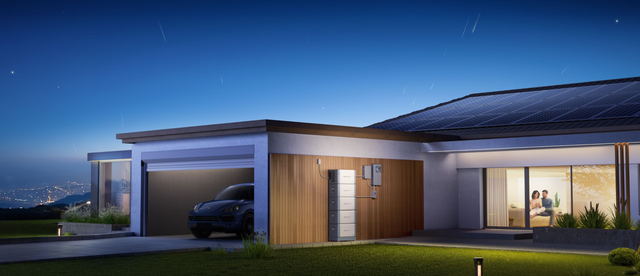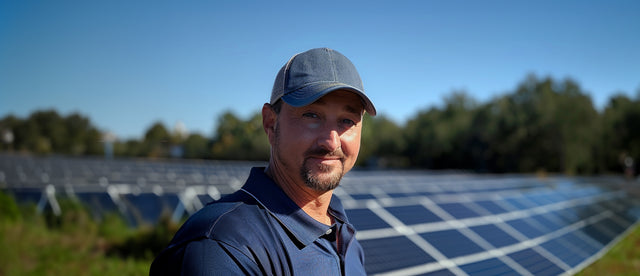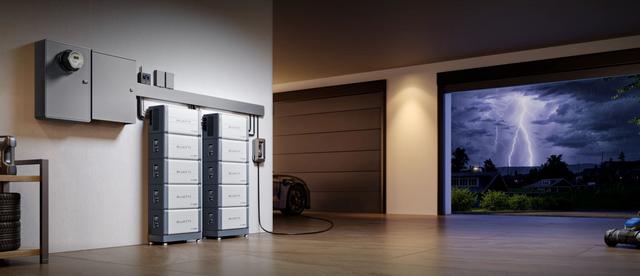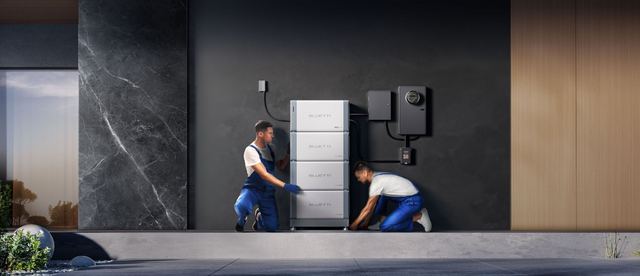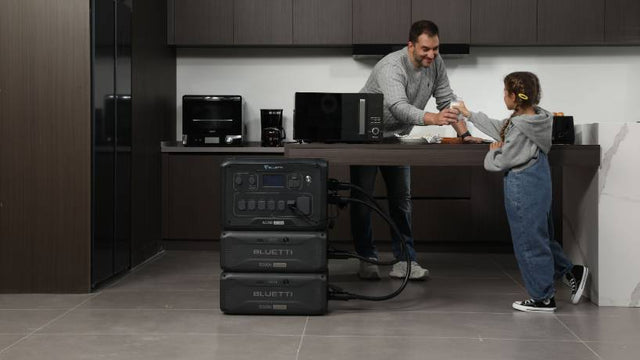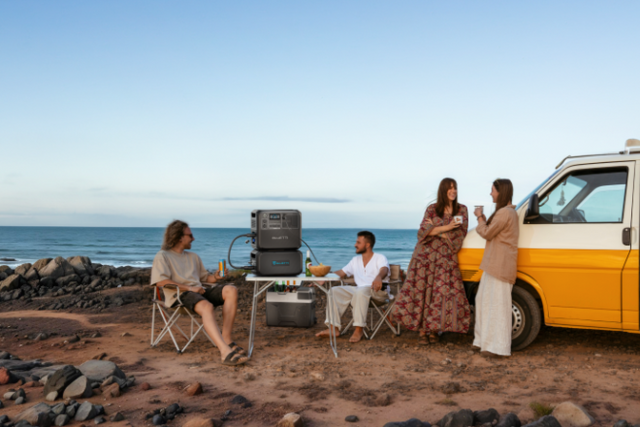Your cart is empty
Shop our products
The International Energy Agency Photovoltaic Power Systems Program issued a report according to which the global solar installations have crossed 2,200 gigawatts by the end of 2024, and the numbers are still growing. Solar systems reduce electricity bills and provide energy independence by generating extra power. Generally, these solar installations provide excessive power on sunny days, but that does not remain constant during cloudy weather or in the winter season.
To tackle this issue, the idea is to design a solar system in a way that it generates 20% more energy than required but remains consistent regardless of the weather or wiring issues, and other issues. This blog provides comprehensive information related to this concept, like why it matters, which factors influence its performance, etc.
What is the 20% Rule?
Let's get into the details of the 20% rule in this section.
The 20% rule is about designing a solar system to generate about 20% more energy than the average monthly consumption. For instance, if 1000 kWh is required for a month, then according to the 20% rule, the solar system should generate 1,200 kWh of electricity, which is 20% extra than required. This 20% rule is not a legal requirement, but a design strategy used by professional engineers.
According to the 20% rule, the solar system is designed very practically so that the solar system provides a buffer zone of 20% extra power. This buffer zone provides power regardless of the weather conditions, dropped efficiency, or increased demands. In this way, this 20% rule secures your power needs consistently.
Why the 20% Rule Matters
Let's explore why the 20% rule is so effective.
The solar panels operate best on sunny days and can provide extra power. For example, a solar system of 8.28 kW can produce 56 kWh of electricity in a day, while that house needs 53 kWh per day. But these solar systems lack consistency during cloudy days or shorter days in winter.
The 20% buffer, i.e., 20% extra capacity, makes sure the solar system remains efficient and provides extra energy regardless of the weather conditions and sunlight.
In a solar system, multiple factors cause loss of energy, such as those given below:
- Inverters convert DC to AC but lose 2–5% of energy.
- Wiring and connectors lose around 2-3%.
- Dust and dirt can cut performance by up to 10% if not cleaned.
- Panel aging reduces efficiency by ~ 0.5–1% every year.
For the 20% rule, the solar system is designed by professional engineers, which provides a buffer that makes sure these power losses do not result in a shortage of solar power.
A 20% buffer built into the solar system is helpful during seasonal spikes in energy use. For instance, during summer, electricity load increases due to the usage of air conditioners. Same in winter, because of using heating appliances such as heaters. The extra 20% power ensures you're covered for such spikes.
If the produced power is more than required, it goes back to the grid, which earns you credits or reduced future bills. This will depend on your local power suppliers and policies.
A built-in 20% buffer in your solar systems can avoid higher upgrade costs when you buy EV chargers or new appliances in the future. So, this 20% rule ends worries about future upgrades as well.
How to Calculate and Apply the Rule
Although this rule is simple to apply, some people get confused while practically calculating this concept for home usage. This section helps to calculate and apply the 20% rule step-by-step for your daily life power usage.
Step 1: Review electricity bills for average monthly usage
In the first step, you need to find out what your average usage of electricity is. It can be found out when you review your annual electricity bills. These annual bills will include peak seasons as well as the low usage seasons of electricity. For example, averaging highs (1,100 kWh) and lows (800 kWh) gives ~950 kWh.
Step 2: Add a 20% buffer to determine system size
Now, multiply your daily usage by the 20% buffer. Let's see how:
950 × 0.2 = 190 (Current Avg Usage x 20% = A)
190 + 950 = 1,140 kWh (Current Avg Usage + A = Optimum Solar Capacity with 20% Buffer)
It means a solar system for a 950-kWh household usage will produce a total electricity of 1,140 kWh.
Step 3: Consider local sunlight hours and climate variations
Then you need to figure out the local sunlight hours. It may be 6 hours or 12 hours, depending on your location. In rainy areas, you'll need more panels to meet your target.
Step 4: Translate energy needs into panel count based on Wattage
Now, it is time to calculate the number of panels required to produce 1,140 kWh of electricity.
Suppose you are using solar panels of 400W power each and the sunlight hours are 5, then the number of solar panels required is:
400 × 5 = 2000W
2000 × 30 = 60,000W = 60 kWh/month
The above calculation means that one panel of 400W will produce 60kWh of power per month. Now to find the number of panels:
1,140 ÷ 60 = 19
So, 19 solar panels will be installed to produce 1,140 kWh/month of electricity.
Step 5: Adjust for roof orientation, tilt, and shading factors
If you live in the Northern Hemisphere, orient your panels south-facing. You can tilt your panels for higher efficiency. To get maximum output, the solar panels must not be under the shadow of trees, buildings, chimneys, or similar obstructions.
Table comparing system sizes for different household needs
The following table shows a quick review of the required size of solar systems for respective household needs:
|
Monthly Usage (kWh) |
Target w/ 20% Buffer (kWh) |
Panels Needed (400 W, 5 sun hours) |
|
500 |
600 |
~10 panels |
|
1,000 |
1,200 |
~20 panels |
|
1,500 |
1,800 |
~30 panels |
|
2,000 |
2,400 |
~40 panels |
Example: a household consuming 1,000 kWh/month should target 1,200 kWh
In this section, let's see how the 20% rule is applied for a household of 1000 kWh usage and how many panels are required for that target.
Suppose avg usage of electricity: 1000 kWh
Add 20% buffer: 1000 × 0.2 = 200
1000 + 200 = 1200 kWh
So, with a 20% buffer, your electricity production will be 1,200 kWh per month. Let's find out the number of solar panels. If each panel is 400 W:
400 X 5h/day × 30 days = 60kWh
1200 ÷ 60 = 20
So, you will need 20 panels to produce 1000 kWh with a 20% buffer.
Factors That Influence the Rule
These are the factors that affect the efficiency of solar panels in our daily lives:
This is the biggest factor when installing the solar systems. Nowadays, modern monocrystalline panels provide 20-23% efficiency, and polycrystalline panels provide 17% efficiency. If your roof space is small, then solar panels with higher efficiency should be installed.
Local climate conditions and seasonal weather patterns matter a lot for solar panels. Solar production is higher in areas with 6–7 hours of daily sunlight compared to those with 3–4 hours. The higher the sunlight visibility, the higher the efficiency of solar panels will be. The same is the case with seasonal weather patterns.
The roof direction is very important in the case of solar systems. For instance, in the northern hemisphere, the panels will have greater efficiency if they are oriented when facing south at an angle close to the location's latitude.
In the solar system, the internal components cause conversion and transmission losses, such as:
- Inverter efficiency: ~95–98%
- Wiring/connection: ~2–3%
- Battery storage (if used): ~10–15%
But the 20% buffer supports you here and doesn't let you be short of power.
In some regions, maybe some utility regulations limit how much maximum solar energy you can use by limiting the number of panels or by fixing the number of units to get paid back.
In this era, lifestyles change quickly. If any new device, like an air conditioner or a heater, is added to the household, it will increase your electricity needs. But a 20% buffer keeps you safe by providing 20% extra electricity.
Common Misconceptions and Tips
Most people do not understand the 20% buffer, which leads to many misconceptions regarding the solar system. So, let's clear up these misconceptions in this section:
Misconception: The rule is only about panel efficiency
The first and biggest misconception about the 20% rule is that it is the efficiency of a solar system. But it is not like that. A 20% buffer means you will increase the size of your solar system by 20%. Panel efficiency is related to the roof space or the number of sunlight hours.
Misconception: Oversizing results in wasted energy
This is an incorrect misconception that extra energy is wasted. But in reality, this extra electricity goes back to the grid, resulting in earning the credits through net metering for the future.
Misconception: the rule applies identically everywhere
No, this is not correct. If the number of sunlight hours is different for two systems, or one is under a shadow and one is free from shadow, the 20% rule will be different for both systems. The system that gets 6 hours of sunlight and remains free from shadow will produce more electricity compared to the other one.
Tips:
To get the best performance from your solar system, keep these tips in mind:
Conduct an energy audit before installation
Always conduct an annual audit of electricity bills before installing a solar system. This audit will help you to know your average monthly use of electricity.
Use online calculators for initial estimates
Many major companies and government websites provide free online tools to get a rough idea about the required solar system size by using the location and energy usage.
Consult certified solar professionals
Consult with a certified solar professional, as he will effectively design the solar system according to your roof design, budget, etc.
Maintain and clean panels regularly for the best performance
The dirt on the panels or birds dropping can reduce the panels' efficiency by 5-10%, so keep them clean and maintained.
Recommended Products
A 20% rule can be more beneficial and reliable when you choose the right products. Below are some excellent but cost-effective products for your solar system.
350W portable solar panel for flexible charging and mobile energy needs
The BLUETTI 350W solar panel is a portable and foldable solar panel that weighs 30.6 lbs. This panel is very convenient to carry and easy to set up and use. It is IP-65 water resistant, which will save it from water splashing, while the superior ETFE coating will help prevent scratches. This solar panel comes with a monocrystalline silicon cell type, due to which the cell efficiency is up to 23.4%. It is equipped with an MC4 connector, so it can work with most solar generators available on the market. It provides 350W power. The other key features are given below:
- Voltage at Max Power (Vmp): 37.5V
- Current at Max Power (Imp): 9.2A
- Open Circuit Voltage (OCV): 46.5V
- Short Circuit Current (Isc): 10.8A
Portable panels like the BLUETTI PV350 suit off-grid needs, while roof-mounted systems may require different specs.

Apex 300 backup power system for seamless operation during outages
The BLUETTI Apex 300 is an advanced high-capacity home battery system designed to support your power needs in bad weather and load-shedding. Its key properties are discussed in the table below.
|
Feature |
Why It Matters for the 20% Rule |
Spec |
|
Battery Capacity |
Stores the extra solar buffer for later use. |
2,764.8 Wh (51.2 V / 54 Ah) |
|
Battery Type |
Safer and long-lasting for daily charging cycles. |
LiFePO₄ |
|
AC Output Power |
Runs appliances during outages or heavy demand. |
3,840W Max |
|
Solar Input |
Direct charging from solar panels, up to 1,200 W. |
2×1,200W, 12–60 VDC, 2×20 A |
|
Expandable Capacity |
Future-proofs the system for rising energy needs. |
Up to 6 × B300K/B300S/B300 per unit |

Conclusion
The solar system is a cost-effective, future-ready, and eco-friendly source of electricity. This solar system supports household usage during bad weather conditions, peak usage of electricity, or during load-shedding. Generally, solar systems cover 50-60% of total household usage, but they are not consistent during the rainy season, etc. But this 20% rule provides insurance in case of natural inconsistencies or panel degradation, etc. This 20% rule offers 20% extra capacity to produce 20% more electricity, which covers any change in your lifestyle; for example, if you buy an AC, the extra electricity will be covered by this 20% rule.
Shop products from this article
Be the First to Know
You May Also Like

BLUETTI Elite 30 V2 vs EB3A — Which Compact Power Station Should You Choose?
